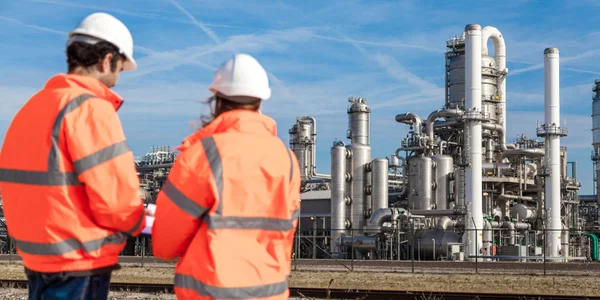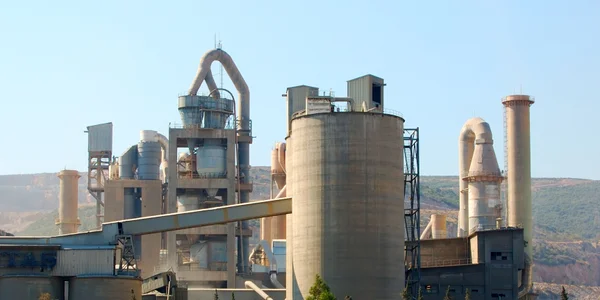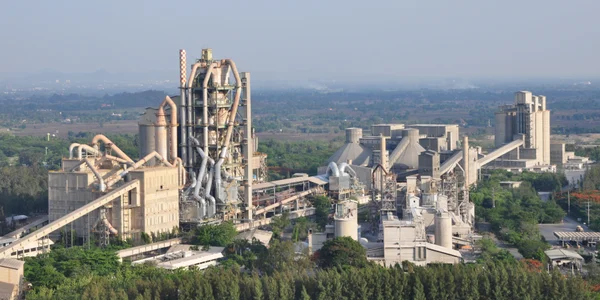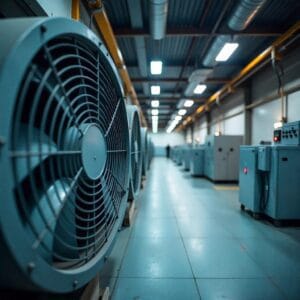Văn phòng
TRỤ SỞ CHÍNH

Đức
- Bộ lọc chuyên sâu Himenviro Technologies GmbH
Neustraße 45 - 49, 42553, Velbert, Deutschland/Đức - +49 20534200990
VĂN PHÒNG KHU VỰC

Anh quốc
- Bộ lọc chuyên sâu Himenviro UK Limited
47, Bath Street WS13BX, Wallsall West Midlands, Vương quốc Anh - +44 1922 628893
VĂN PHÒNG KHU VỰC

Các Tiểu Vương Quốc Ả Rập Thống Nhất
- Bộ lọc chuyên sâu Himenviro Technologies FZE – LLC
Trung tâm thương mại, Khu thương mại tự do Sharjah Publishing City, Sharjah, UAE - +971-556074697
VĂN PHÒNG KHU VỰC

Ấn Độ
- Intensiv-Filter Himenviro Private Limited
D-247/11, Khu vực 63, Noida - 201301, Uttar Pradesh, Ấn Độ - +91-120-4642-500
VĂN PHÒNG KHU VỰC

Ấn Độ
- Intensiv-Filter Himenviro Private Limited
D-247/11, Khu vực 63, Noida - 201301, Uttar Pradesh, Ấn Độ - +91-120-4642-500
VĂN PHÒNG KHU VỰC

Ấn Độ
- Intensiv-Filter Himenviro Private Limited
D-247/11, Khu vực 63, Noida - 201301, Uttar Pradesh, Ấn Độ - +91-120-4642-500
Giải pháp lọc không khí và bụi cho thép và kim loại
Ngành công nghiệp thép và kim loại thải ra lượng lớn các chất ô nhiễm không khí, bao gồm bụi mịn, hạt kim loại và khói, nếu không được kiểm soát có thể dẫn đến ô nhiễm môi trường, nguy cơ sức khỏe cho người lao động và hư hỏng thiết bị. Hệ thống lọc không khí và bụi của chúng tôi được thiết kế để xử lý những môi trường có nhu cầu cao này, thu gom khí thải từ các quy trình nấu chảy, luyện kim, đúc và hoàn thiện. Được thiết kế để chịu được nhiệt độ cao và tải trọng hạt, các giải pháp của chúng tôi cải thiện chất lượng không khí, tăng cường tuân thủ quy định và bảo vệ sức khỏe của người lao động, đảm bảo môi trường sản xuất sạch hơn và an toàn hơn.
Quy trình lọc bụi trong ngành công nghiệp thép và kim loại
Lò hồ quang điện được sử dụng để sản xuất thép xây dựng, thép chất lượng cao và thép không gỉNgoài ra, nó còn được sử dụng để sản xuất cacbua và tinh thể tổng hợp.
Các nhà máy loại bỏ bụi cho lò hồ quang điện sẽ chiết xuất và làm sạch hoàn toàn khí thải chính của lò hồ quang, cũng như bất kỳ khí thải thứ cấp nào được tạo ra trong quá trình nung chảy, xả hoặc trong quá trình nạp và tách xỉ. Các khí thải hình thành trong lò chảo, trong quá trình xử lý vật liệu và trong các nhà máy kết nối khác sẽ được chiết xuất và xử lý.

Bộ lọc cho mui xe
Bộ lọc cho EAF
- 1. Mái che
- 2. Bộ lọc cho mui xe
- 3. Máy thở
- 4. Ống khói
- 5. Lò hồ quang điện
- 6. Ống làm mát bằng nước
- 7. Bộ trao đổi nhiệt
- 8. Bộ lọc cho EAF
- 9. Máy thở
- 10. Bộ chuyển đổi
Thông số kỹ thuật cần thiết
Lọc Tiêu đề PJM
Dữ liệu thiết kế điển hình | Mái che |
|---|---|
Thể tích khí | 1,000,000 |
Nhiệt độ khí | 80 |
Loại bụi | Cặn cháy oxit sắt |
Hàm lượng bụi còn lại | < 10 |
Hàm lượng bụi khí thô | < 5 |
Vệ sinh | trực tuyến / ngoại tuyến |
Môi trường lọc | Polyester |
Thiết kế chống cháy nổ | không cần thiết |
Chất hấp thụ | không cần thiết |
Lọc Tiêu đề PJM
Dữ liệu thiết kế điển hình | Lò hồ quang điện |
|---|---|
Thể tích khí | 120,000 |
Nhiệt độ khí | 120 |
Loại bụi | Cặn cháy oxit sắt |
Hàm lượng bụi còn lại | < 10 |
Hàm lượng bụi khí thô | < 5 – 10 |
Vệ sinh | trực tuyến / ngoại tuyến |
Môi trường lọc | Polyester |
Thiết kế chống cháy nổ | không cần thiết |
Chất hấp thụ | không cần thiết |
Ứng dụng kiểm soát bụi thép và kim loại
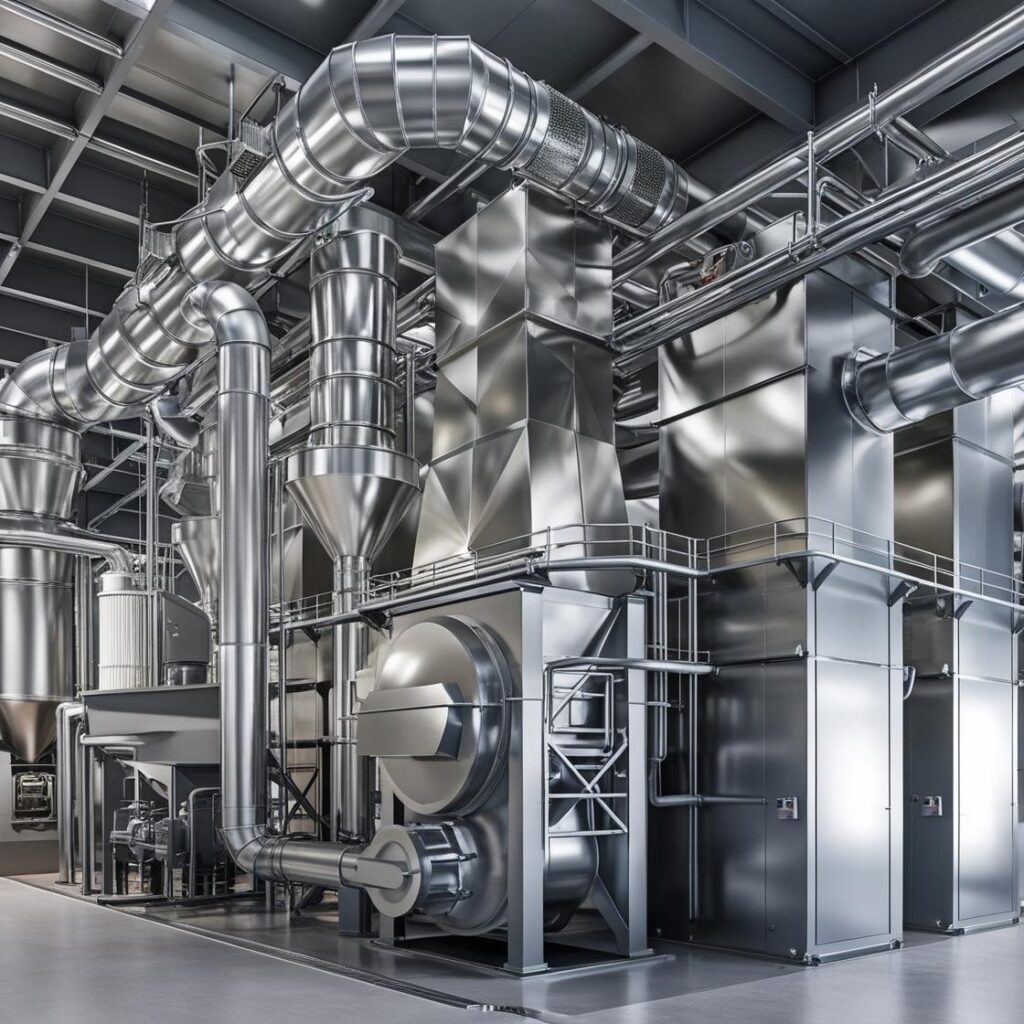
Kiểm soát bụi và khói thải trong quá trình nấu chảy và nấu chảy, thu giữ các hạt nguy hiểm sinh ra trong lò nung nhiệt độ cao.

Giảm lượng khí thải từ hoạt động đúc, thu giữ các hạt bụi lơ lửng và khói kim loại có thể ảnh hưởng đến chất lượng không khí.

Loại bỏ bụi mịn và vụn kim loại sinh ra trong quá trình mài và đánh bóng, ngăn ngừa chất gây ô nhiễm ảnh hưởng đến chất lượng sản phẩm và an toàn cho người lao động.
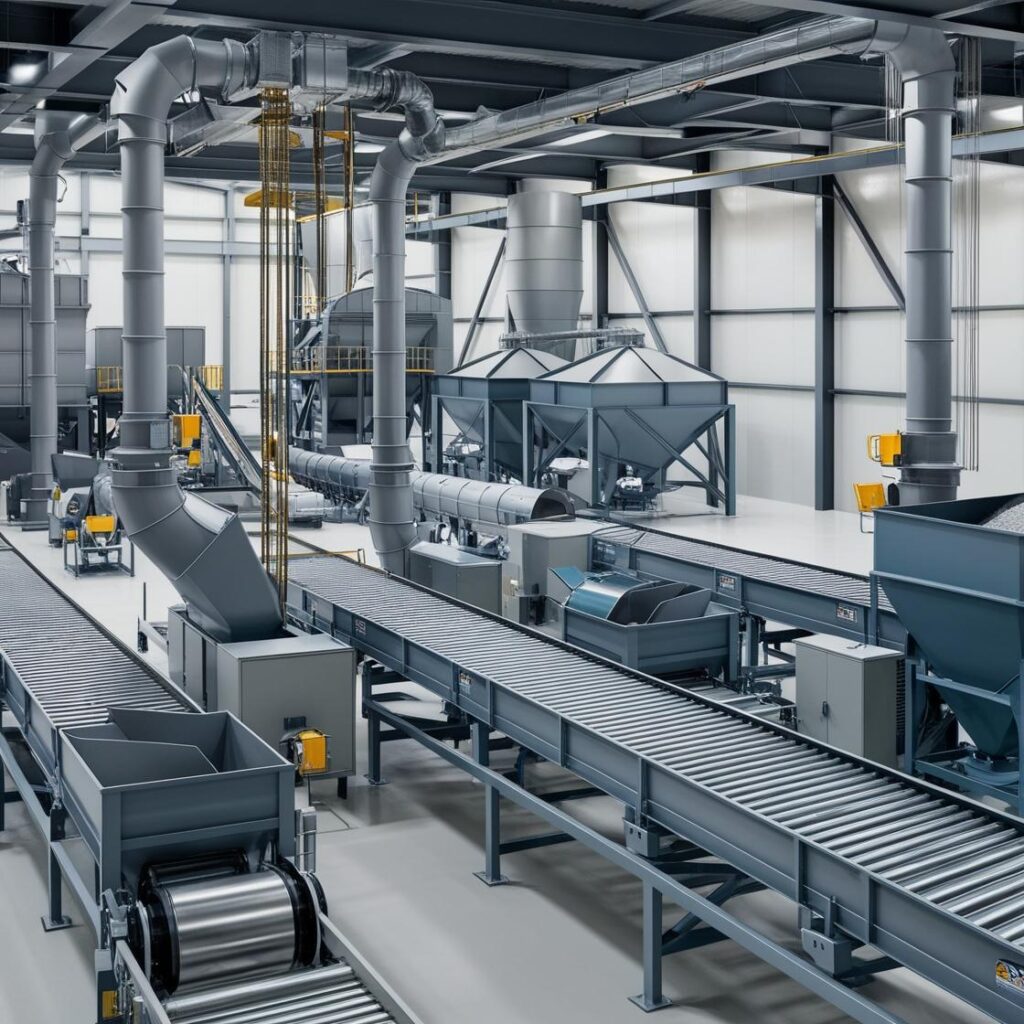
Kiểm soát bụi phát sinh trong quá trình xử lý, vận chuyển và lưu trữ vật liệu, giảm thiểu lượng bụi phát tán vào môi trường làm việc.
Bối cảnh pháp lý để kiểm soát bụi |
|---|
Tuân thủ Tiêu chuẩn Chất lượng Không khí |
Tuân thủ An toàn và Sức khỏe Người lao động |
Phòng ngừa nguy cơ cháy nổ |
Tuân thủ bảo vệ môi trường |
Giám sát khí thải theo thời gian thực |
Khả năng chịu nhiệt |
Giảm bảo trì và thời gian ngừng hoạt động |
Đảm bảo chất lượng sản phẩm |
Chi phí vận hành thấp hơn |
Thách thức kiểm soát bụi |
|---|
Mức độ bụi và khói cao |
Rủi ro sức khỏe của người lao động từ các hạt kim loại |
Quy định nghiêm ngặt về môi trường |
Nguy cơ cháy nổ |
Sự ô nhiễm của sản phẩm cuối cùng |
Bụi mài mòn trên thiết bị |
Yêu cầu về khả năng chịu nhiệt |
Quản lý khối lượng thu gom bụi lớn |
Giảm thiểu thời gian ngừng hoạt động liên quan đến bảo trì |
Những cân nhắc chính để kiểm soát bụi hiệu quả |
|---|
Bắt giữ có mục tiêu tại các điểm phát xạ |
Độ bền dưới nhiệt độ cao |
Kiểm soát luồng khí và áp suất được tối ưu hóa |
Vật liệu lọc chịu nhiệt |
Giao thức bảo trì thường xuyên |
Tuân thủ tiêu chuẩn ngành |
Giải pháp linh hoạt, tùy chỉnh |
Giảm thiểu rủi ro cháy nổ |
Hệ thống chuyên dụng cho các giai đoạn sản xuất khác nhau |
Kết nối với chúng tôi để được tư vấn chuyên gia
Khám phá các dịch vụ khác của chúng tôi!
Những câu hỏi thường gặp
Trong chế biến thép và kim loại, các hệ thống lọc phổ biến bao gồm lọc túi, lọc tĩnh điện (ESP), lọc ướt và lọc xoáy. Lọc túi sử dụng túi vải để thu giữ các hạt bụi, trong khi lọc tĩnh điện (ESP) sử dụng điện tích để loại bỏ các hạt bụi khỏi khí thải. Lọc ướt loại bỏ các chất ô nhiễm bằng cách đưa dung dịch lọc vào, và lọc xoáy sử dụng lực ly tâm để tách bụi khỏi dòng khí. Việc lựa chọn hệ thống phụ thuộc vào các yếu tố như kích thước hạt, nhiệt độ khí và yêu cầu cụ thể của quy trình.
Hệ thống lọc cải thiện chất lượng không khí bằng cách thu giữ và loại bỏ hiệu quả các hạt vật chất và chất ô nhiễm phát sinh trong quá trình gia công kim loại. Bằng cách giảm lượng khí thải, các hệ thống này giúp các cơ sở tuân thủ các quy định và tiêu chuẩn về môi trường, từ đó giảm thiểu tác động đến môi trường và thúc đẩy môi trường làm việc an toàn hơn.
ESP mang lại hiệu suất cao trong việc loại bỏ các hạt mịn, đạt hiệu suất lên đến 99%, đặc biệt hữu ích trong sản xuất thép, nơi khí thải thường chứa các hạt bụi mịn. Chúng có khả năng xử lý khối lượng khí lớn và hoạt động hiệu quả ở nhiệt độ cao. Ngoài ra, ESP có độ chênh lệch áp suất tương đối thấp, giúp giảm mức tiêu thụ năng lượng trong quá trình vận hành.

